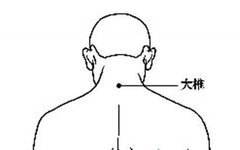行健堂
传播养生知识
交流养生经验
For collaboration inquiries, please contact QQ: 365300103
Spring is a season of growth and vitality, as all plants and creatures come to life.
As Yang energy rises, many organs in the body accumulate internal heat, which can lead to dryness and discomfort in spring.
During this time, many people are staying at home to prevent illness, so why not try Gua Sha to alleviate discomfort?
A Gua Sha board and a little experience can go a long way.
Gua Sha is actually quite simple; you can use a comb, a porcelain cup lid, or even a rounded spoon to perform it, making it easy to operate.
1. Common Cold: Dazhui (Great Vertebra) Point
Dazhui Point: Located in the depression just below the highest protrusion of the cervical vertebrae, it becomes more pronounced when the head is lowered.
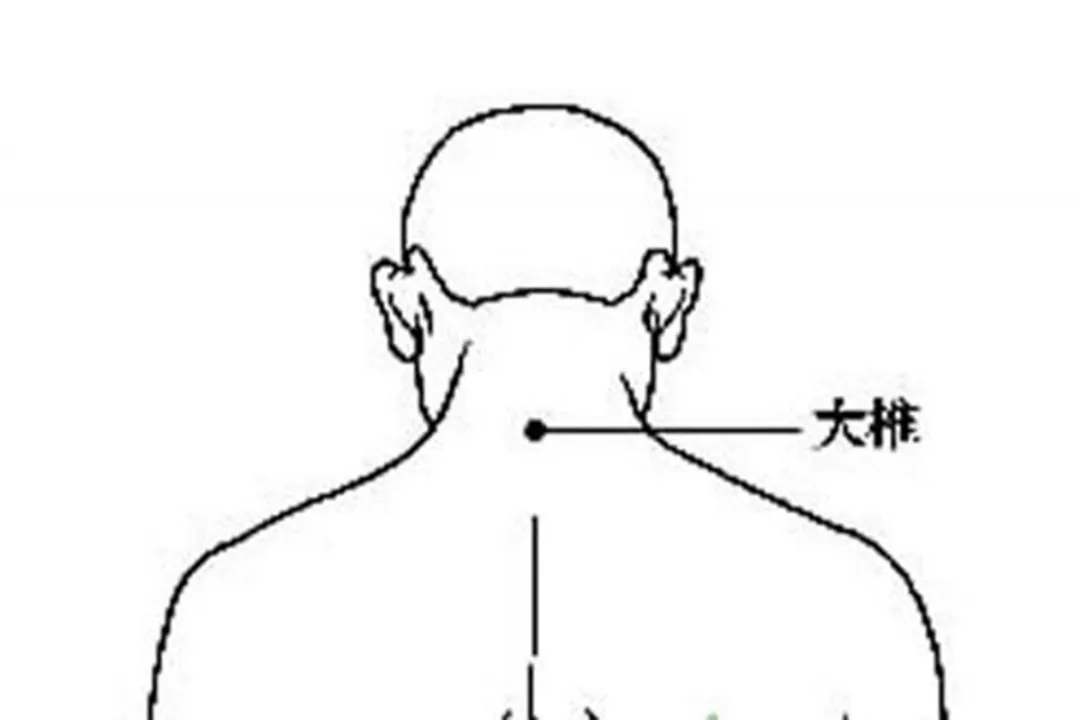
Method: Scrape from top to bottom for about 5-10 minutes until the back of the neck feels warm.
2. Lower Back Pain: Hands + Back
Method: Apply Gua Sha oil to the lower back, then slowly scrape down along both sides of the spine.
The reflex area for the lower back is located in the center of the back of the hand; apply a little Gua Sha oil and scrape slowly from the wrist to the tip of the middle finger.
Look for areas of pain, nodules, or muscle tension while scraping, for about 15-30 minutes each time.
3. Breast Nodules: Scrape Both Breasts
Method: Apply a little moisturizer, then hold the Gua Sha board at a 45-degree angle and scrape gently from the base of the breast towards the nipple, using a comfortable pressure for about 5-10 minutes.
Note: Avoid scraping the nipple, areola, or any unexplained lumps in the breast.
4. Digestive Issues: Scrape Tianshu (Heavenly Pivot) Point
Tianshu Point: Located two inches beside the navel.
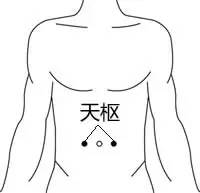
For ordinary diarrhea: Lightly scrape the Tianshu point counterclockwise, or press the Zhongwan point (4 inches above the navel).
For constipation: Scrape the Tianshu point clockwise until you feel warmth in the abdomen.
5. Dry Eyes: Scrape Around the Eyes
Method: When your eyes feel fatigued, use the Gua Sha board to gently press around the eyes, focusing on Jingming (Bright Eyes) point (inner corner), Cuanzhu (Gathering Bamboo) point (eyebrow), Yuyuan (Fish Waist) point (middle of the eyebrow), and Taiyang (Sun) point (outer corner), spending 1-2 minutes on each point.
You can also scrape around the eye socket directly to relieve fatigue and improve vision.
6. Fatigue: Baihui (Hundred Meetings) Point + Taiyang (Sun) Point
Baihui Point: Located at the intersection of the midline of the head and the line connecting the tips of both ears.

Taiyang Point: Located in front of the ear, above the outer corner of the eye.
Method:
First, comb your hair from the front hairline to the back; this will help wake you up in the morning.
Second, scrape from the center of the head outward, relaxing the entire head around the Baihui point.
Third, scrape from the center of the head forward and backward, and from the sides towards the back of the Taiyang point. This promotes blood circulation in the head, enhances memory, and keeps the mind clear.
Note: Scrape or massage lightly whenever possible.
7. Neck and Shoulder Pain: Fengchi (Wind Pool) Point + Jianjing (Shoulder Well) Point
Fengchi Point: Located on either side of the large muscle at the back of the head, parallel to the earlobes; the two depressions at the back of the head when the head is lowered are this point.

Jianjing Point: Located at the midpoint of the line connecting Dazhui and the acromion, at the highest point of the shoulder.
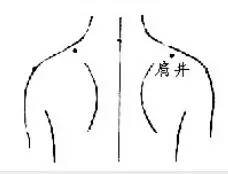
Method: Scrape down from Fengchi to Jianjing, then scrape along the shoulder from inside to outside, applying 30 strokes where there is muscle and 20 strokes where there is none.
Note: Adjust the angle with your wrist and move your forearm to guide the Gua Sha board.
8. Blood Nourishment and Liver Health: Xuehai (Sea of Blood) Point + Sanyinjiao (Three Yin Intersection) Point
Xuehai Point: Bend your knee and cover your kneecap with your palm, fingers pointing up, with the thumb on the fleshy part below.
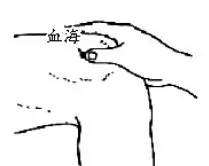
Sanyinjiao Point: Located on the inner side of the lower leg, 4 finger widths above the ankle joint.
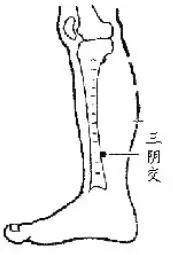
Method: Scrape from the Xuehai point to the Sanyinjiao point in one continuous motion until the skin turns red and purple petechiae appear. Regular scraping of Sanyinjiao can nourish blood and support liver health.
Note: When scraping the lower limbs, start from the outer side, scraping downwards, then the back (the bladder meridian area), and finally the inner side.
9. Spring Excess Heat: Taichong (Great Surge) Point + Xingjian (Moving Between) Point
Symptoms: Gum pain, sore throat, mouth ulcers, thirst, irritability, yellow urine, dry stools, red tongue with yellow coating.
Xingjian Point: Located between the first and second toes on the dorsal side of the foot.
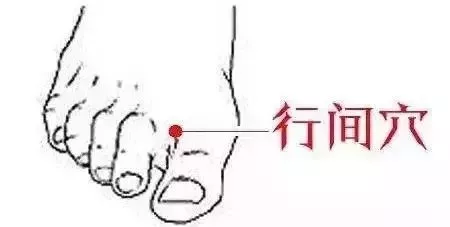
Neiting Point: Located between the second and third toes on the dorsal side of the foot.
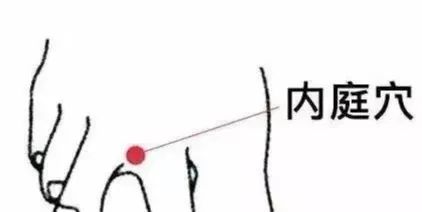
Method: When scraping, use the blunt edge of the Gua Sha board to press on Xingjian and Neiting points for 1-2 minutes each, then scrape upwards (you can use Gua Sha oil or massage oil), applying a stronger pressure within a tolerable range until petechiae appear or scrape 50 times.
10. Spring Deficient Heat: Scrape the Back Five Lines
Symptoms: Flushed complexion, thirst without desire to drink, dry cough with little phlegm, low fever, red tongue with little coating, five hearts heat.
Method: Scrape the back five lines, including the midline of the back (Du Meridian), 1.5 inches to the side of the Du Meridian (the first side line of the bladder meridian), and 3 inches to the side of the Du Meridian (the second side line of the bladder meridian).

When scraping, apply light pressure and scrape slowly, allowing for longer stimulation time on each area to invigorate the body’s vital energy and restore function.
Three Colors of Sha Corresponding to Different Conditions
Bright Red Sha: If the redness is not too deep, it indicates the presence of wind-cold in the body, which is the most normal color.
Purple-Red or Dark Red Sha: This often indicates internal damp-heat.
Purple-Black Sha: This indicates significant stagnation in the body. The intensity of the Sha marks does not directly correlate with the severity of the illness and will gradually dissipate, so there is no need to worry excessively.
Areas to Avoid Scraping
Gua Sha is a relatively safe health practice, but there are still many contraindications. Which groups should avoid Gua Sha? Which areas should not be scraped? We need to be aware of these.
1. Avoid Scraping the Sides of the Neck
Clinical observations in TCM have found that scraping the neck carries certain risks, especially on the sides of the neck, which should not be scraped lightly!
This is because the carotid sinus is located in the middle of the sternocleidomastoid muscle, which is a pressure receptor; if stimulated, it can cause a sudden drop in blood pressure, leading to dizziness and fainting.
Continuous stimulation in this area can lead to more serious consequences, especially for those with pre-existing health conditions.
When performing Gua Sha, avoid the sides of the neck, as should be the case with massage.
2. Contraindicated Groups
Patients with cardiovascular diseases, the elderly, those with skin allergies, leukemia, allergic purpura, thrombocytopenia, cancer, skin inflammation, or open wounds and scars, as well as pregnant women and women during menstruation, should avoid Gua Sha.
Of course, even healthy individuals should not perform Gua Sha every day. It is important to allow the body to recover and wait until the marks from the last Gua Sha have disappeared before performing it again.
Gua Sha Tips
1. Hold the Gua Sha board at a 45-degree angle or less to the skin; the flatter the angle, the more comfortable it is to scrape. Avoid scraping with a scooping motion.
2. Many people believe that scraping must produce Sha, and the more Sha, the better. However, this is incorrect. When a person has a cold, fever, or fatigue, it is easier to produce Sha; healthy individuals may only experience skin redness.
3. Gua Sha should not be done back and forth; instead, scrape from top to bottom and from inside to outside in a single direction, extending the scraping distance as much as possible. This follows the direction of arterial blood circulation, promoting blood flow.
4. It is advisable to scrape 3-5 areas each time, spending 3-5 minutes on each area, and not exceeding half an hour in total.
5. Different pressures will yield different effects; light pressure is for “tonifying,” while strong pressure is for “draining.” Most people are unsure of their constitution, so it is best to maintain an even pressure, known as “balanced tonification and draining.” Wait 3-5 days after the first scraping before performing the second treatment.
6. After Gua Sha, choose warming and sweating-inducing foods, and avoid exposure to wind; it is not recommended to take a shower within an hour.
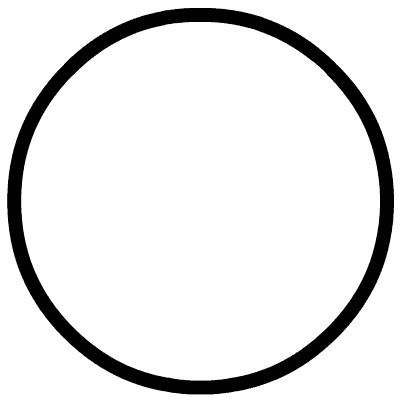 Click the above to follow 【Huangdi Health Video Channel for Women】
Click the above to follow 【Huangdi Health Video Channel for Women】
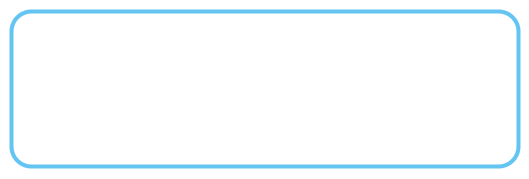

Emotional well-being is crucial; all health practices are in vain without it! Here are many methods in TCM to improve negative emotions. For all nodules, please consider moxibustion! The five daily habits that deplete women’s Yang energy and turn Chinese women into cold women. In spring, eat a treasure with five great benefits that everyone loves without causing heat. Chapped lips are not due to lack of water, but rather this… The hands are a microcosm of the body; you can tell how well the liver functions by looking at the index finger!
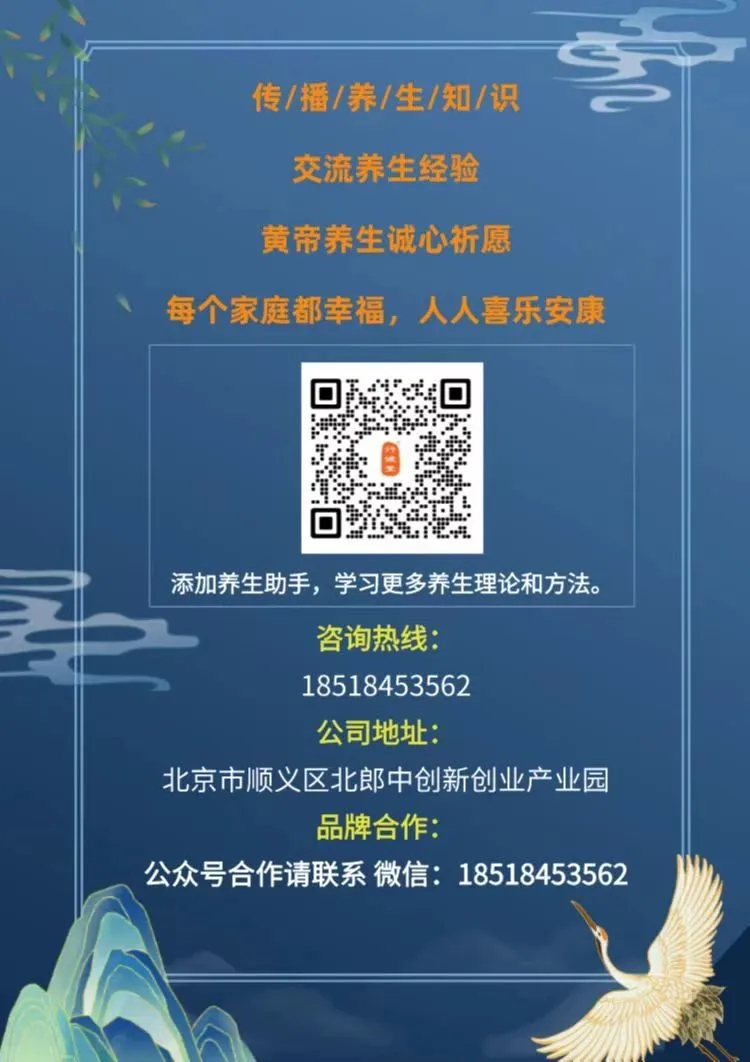
Light up 【Looking】 to let more people embrace a healthy lifestyle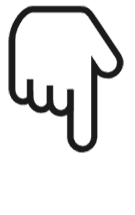
Reader’s Note
▼
Dear friends, WeChat has recently changed its push rules; articles from public accounts are no longer pushed in chronological order but are recommended based on weight.
If you notice fewer of our articles or have never commented, liked, or shared, you may not receive our pushes in the future.
Therefore, if you wish to continue receiving our updates, please star us, frequently click on “Looking” and “Like,” share, and leave comments. Thank you for your continued support!


